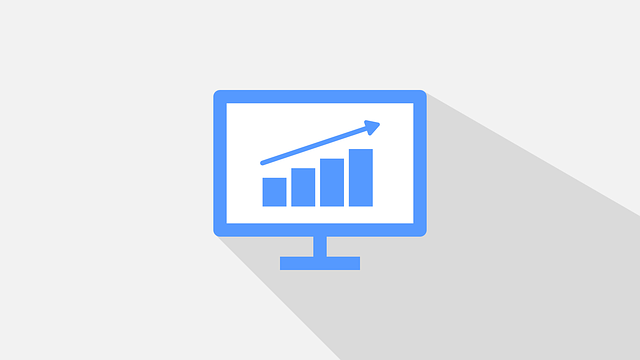Leverage trading offers high potential returns but also high risk due to amplified losses from borrowed funds. Effective risk management is crucial through thorough market analysis, strategic decision-making, and strict protocols. By setting optimal leverage levels, using protective orders, managing position sizes, and diversifying portfolios, traders can navigate the complexities of leverage trading safely, ensuring it becomes a strategic advantage rather than a hazardous gamble.
In today’s dynamic financial markets, leverage trading offers both significant rewards and heightened risks. To navigate this delicate balance, strict risk assessment protocols are indispensable. This article delves into the intricacies of leverage trading, highlighting the crucial role of risk assessment in strategy formulation. We explore how robust protocols enable safe and effective leverage trading, providing insights for traders to make informed decisions while mitigating potential losses. Understanding these strategies is essential for navigating the complexities of this popular investment approach.
- Understanding Leverage Trading and Its Potential Risks
- The Role of Risk Assessment in Developing Effective Strategies
- Implementing Strict Protocols for Safe Leverage Trading
Understanding Leverage Trading and Its Potential Risks
Leverage trading involves using borrowed funds to magnify potential profits from investment positions. This powerful strategy allows traders to control larger assets with a relatively smaller initial investment, offering both significant gains and amplified losses. While it can be a game-changer for folks looking to navigate the markets, understanding its risks is paramount.
The allure of leverage trading lies in its ability to enhance returns, especially in volatile markets. However, this same feature introduces substantial dangers. A small market movement against your position can lead to substantial losses, potentially exceeding the initial investment. This risk is amplified when dealing with borrowed funds, as interest and additional fees come into play. Therefore, strict risk assessment protocols are essential to protect against unexpected market shifts and preserve capital.
The Role of Risk Assessment in Developing Effective Strategies
Risk assessment is a cornerstone in formulating robust strategies for leverage trading. By meticulously evaluating potential risks, traders can make informed decisions and construct well-rounded plans that align with their risk tolerance and market objectives. This process involves analyzing various factors such as volatility, historical performance, and current market conditions to predict possible outcomes and set appropriate risk parameters.
Effective risk assessment enables traders to identify suitable leverage levels for different trades, ensuring they maximize returns while maintaining capital integrity. It also facilitates the implementation of stop-loss orders, position sizing strategies, and diverse portfolios, which collectively contribute to a more controlled and successful navigation in leverage trading.
Implementing Strict Protocols for Safe Leverage Trading
In the realm of leverage trading, where profits can be magnified but so can losses, implementing strict risk assessment protocols is paramount for safe and successful transactions. These protocols act as a crucial roadmap, guiding traders through the complex landscape of high-risk, high-reward investments. By meticulously evaluating potential risks, including market volatility, liquidity, and individual financial capabilities, traders can make informed decisions that align with their risk tolerance levels.
Strict adherence to these protocols ensures that leverage trading becomes a strategic tool rather than a risky gambit. It involves setting clear boundaries for position sizing, stop-loss orders, and regular monitoring of open positions. Such disciplined practices not only safeguard against unexpected market shifts but also enable traders to adapt swiftly to changing conditions, thereby enhancing overall portfolio resilience.
Leverage trading offers significant potential gains but also carries substantial risks. To harness its power safely, strict risk assessment protocols are indispensable. By meticulously evaluating risk exposure and implementing robust measures, traders can develop effective strategies that maximize profits while minimizing losses. Adhering to these protocols is crucial for navigating the complexities of leverage trading and ensuring long-term success in this dynamic market.
